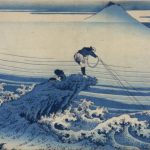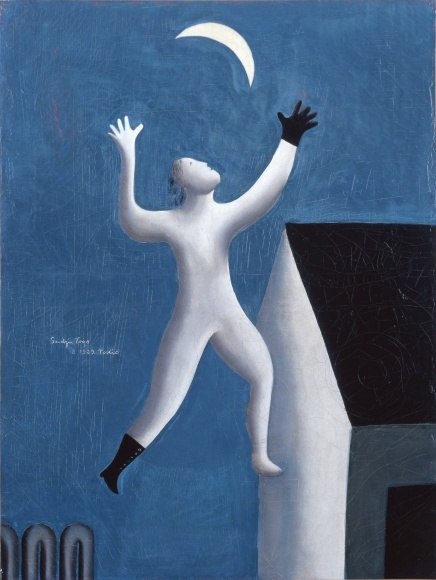
Seiji Togo “Surrealistic stroll” (1929). Permanent collection of the Sompo Japan Nipponkoa Museum of Art
At an auction in London in 1987 a mystery buyer paid a record $39.9 million for Vincent van Gogh’s “Sunflowers.” And a week later it was revealed that a Japanese insurance company, little-known at the time, had made the expensive purchase. Apparently, Yasuda Fire and Marine Insurance, who was celebrating its centennial the next year, saw the painting as an appropriate birthday present to itself. The purchase not only made the company famous but it also set off an art-buying craze amongst Japanese companies who were at the top of the world thanks to an overheated economy and rapid acceleration of asset process. No one saw the cracks that would burst Japan’s bubble just 4 years later.
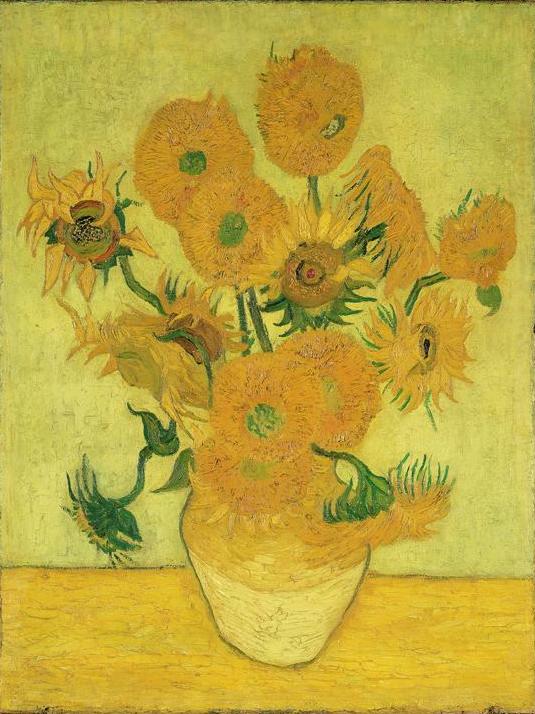
Vincent van Gogh “Sunflowers” 1888. Permanent collection of the Sompo Japan Nipponkoa Museum of Art
The top of the market may very-well have been 1990, when Japan imported more than $4 billion in art as they gobbled up almost half of all Impressionist art put on the market. Ryoei “wild fellow” Saito, Chairman of the Daishowa Paper Manufacturing empire, paid $160 million to acquire the world’s two most expensive paintings–a Van Gogh and a Renoir.
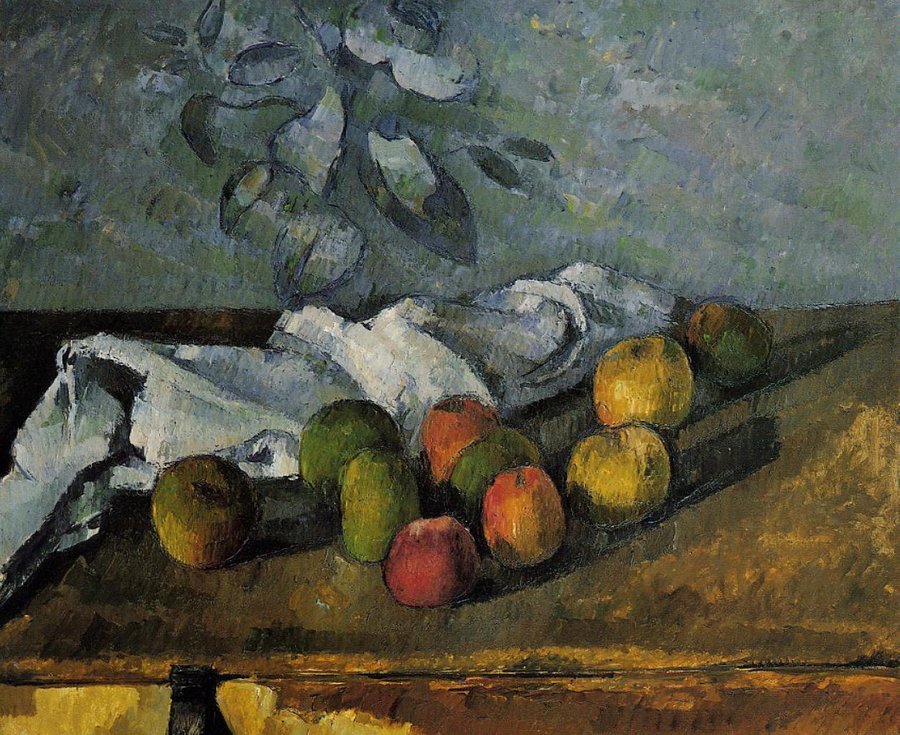
Paul Cezanne “Apples and a Napkin” (1880). Permanent collection of the Sompo Japan Nipponkoa Museum of Art
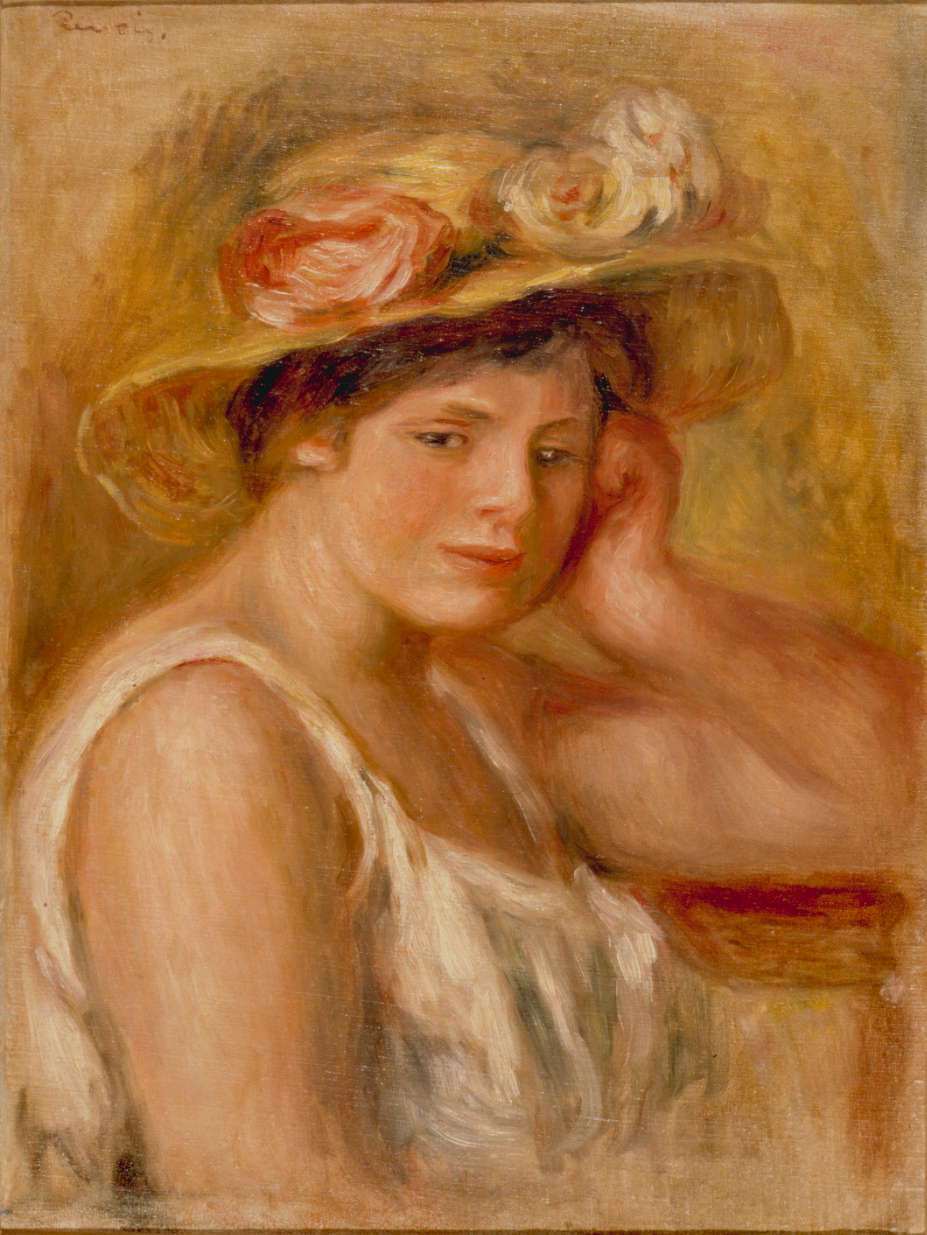
Pierre Renoir “Young Woman with a Hat” (1910). Permanent collection of the Sompo Japan Nipponkoa Museum of Art
Fast-forward to 2014 and Japan looks a lot different. Many of those corporates who bought up art are bankrupt and – even more unfortunate – a lot of that art is missing. Saito caused a global uproar after reportedly telling friends he wanted the paintings burned as part of his cremation so his heirs could avoid inheritance tax. This probably didn’t happen but, none-the-less, much of the art remains MIA.
However, there’s one place where the art and the company that owned it survived: Yasuda Fire and Marine Insurance. Although the company has gone through several changes and is now known as Sompo Japan Nipponkoa, their museum, housed on the 42nd floor of their corporate headquarters, remains. The collection boasts well-known classics like the aforementioned Van Gogh, a Renoit a Cézanne and a Gauguin, but also a respectable amount of Japanese painters from the 30s – 60s.
In fact, one of their most well-represented Japanese painters is Seiji Togo, who became famous for his surrealist artwork depicting women, but also for his tempestuous love affairs. He made blaring newspaper headlines in 1930 when he attempted to commit suicide with 2 different lovers, two years in a row.
Just recently in September the insurance company’s museum rebranded itself as the Seiji Togo Memorial and adopted as its logo one of Togo’s most well-known works of art: “Surrealistic Stroll.”
Auguste Renoir ”Young Woman with a Hat” (1910). Permanent collection of the Sompo Japan Nipponkoa Museum of Art
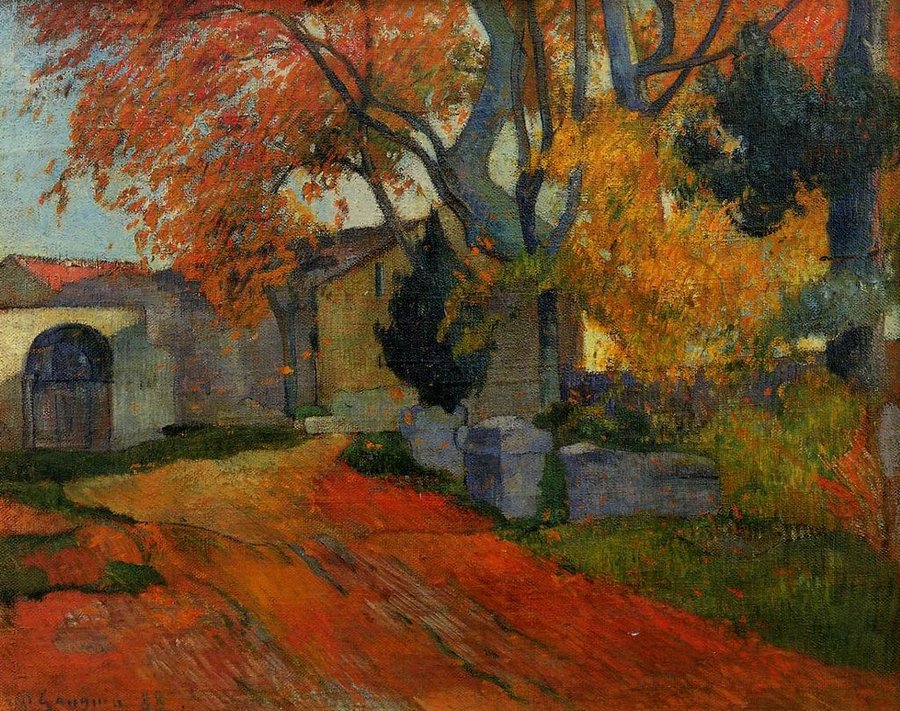
Paul Gauguin “Lane at Alchamps, Arles” (1888). Permanent collection of the Sompo Japan Nipponkoa Museum of Art
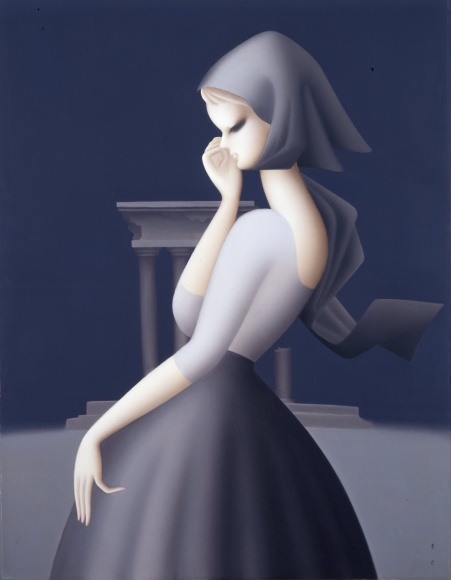
Seiji Togo “Nostalgia” (1947). Permanent collection of the Sompo Japan Nipponkoa Museum of Art
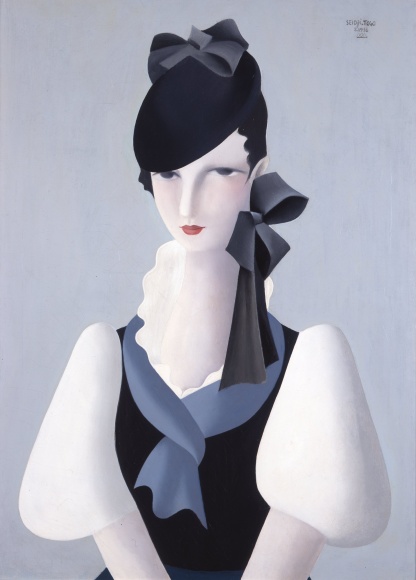
Seiji Togo “Portrait of a Woman” (1936). Permanent collection of the Sompo Japan Nipponkoa Museum of Art


